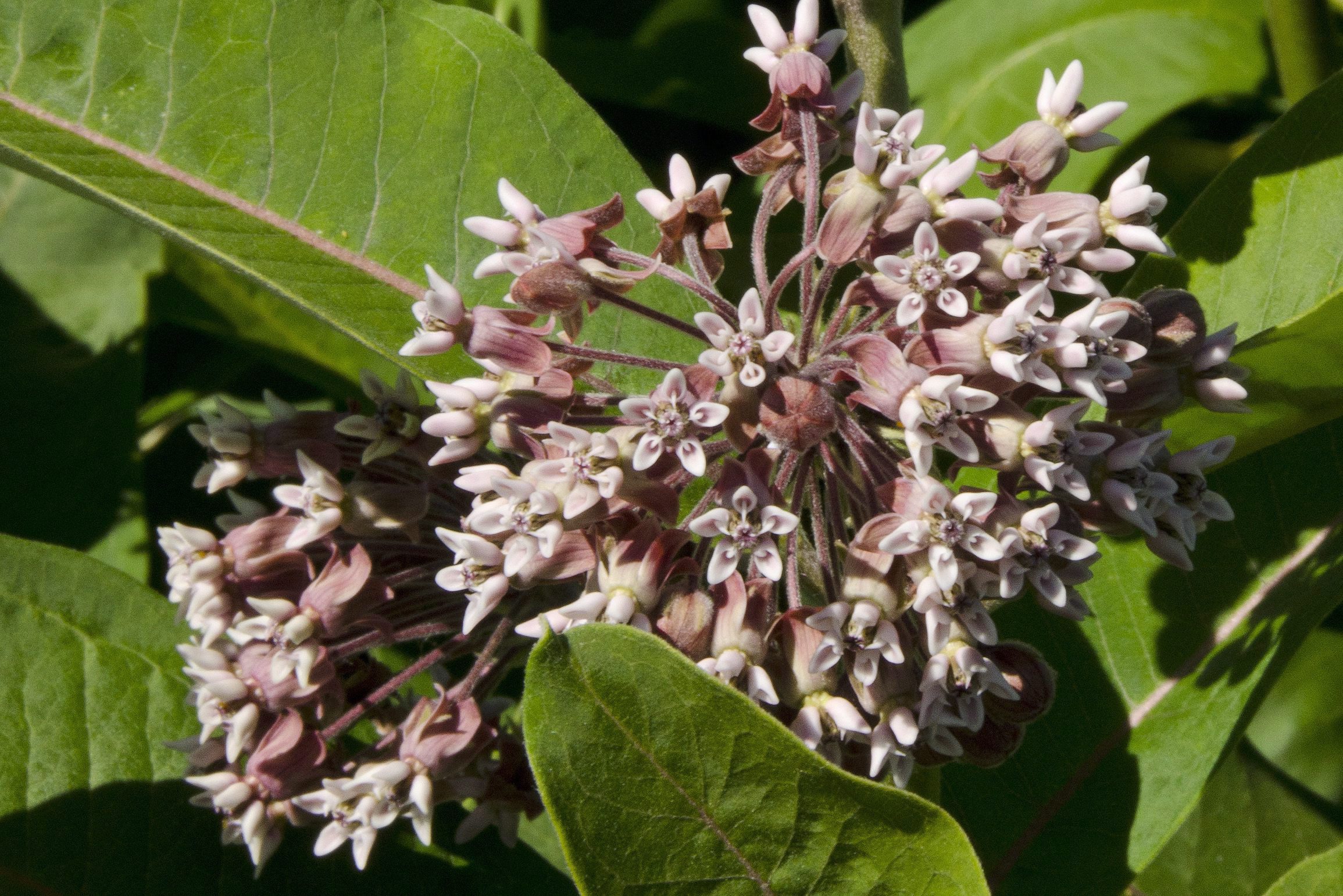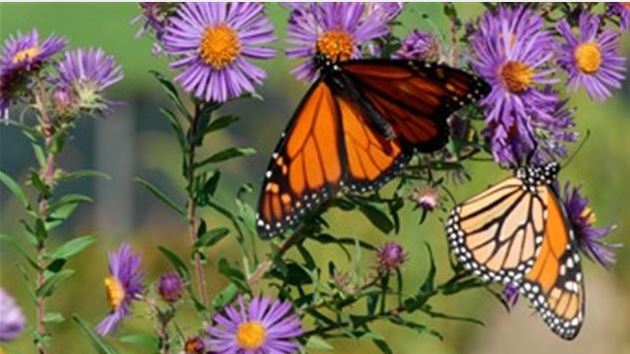Monarch butterflies, the beautiful creatures that appear in late summer in eastern Canada, are beginning their migration south to Mexico.
But five years ago, there was a crash in the monarch butterfly population that led to a Citizen Science movement across Canada, the United States and Mexico.
And through these coordinated efforts, scientists like Max Larivee of Montreal’s Space for Life, can be optimistic about the recovery of the monarch population.
“It’s gone down by almost 90 per cent”
Max Larivee is the Head of Research and Collections at Montreal’s Insectarium.
He invites everyone who is interested in butterflies to report their sitings on mission-monarch.org
ListenAnd the good news is, that during this summer, they’ve noted 10 times more caterpillars on milkweed, and there are many still at that stage.
The decline in the population of Monarch butterflies is a process that’s been going on for 20 years, but 2013 was particularly catastrophic.
The population went from more than a billion in the mid 1990’s, to fewer than 100 million now.
“There was a big collapse in 2012 and 2013, where the population went down to less than 50 million in their over-wintering grounds in Mexico, following big droughts in the fall of 2012, and really bad migratorial conditions in the spring in 2013.” Larivee explains.
All Hands on Deck
The Citizen Science movement that got organised after 2013 in the crisis has been a great help.
“The information that we’ve gathered in the last three years is really helping us, for the first time to identify regional breeding hot spots, so that federally, energy and resources are invested in the best places where we can invest them, to maximise monarch breeding… in Canada for sure.” Larivee says.

This June 22, 2018 photo shows Milkweed in full flower on Roger Rainville’s farm along the Canadian border in Alburgh, Vermont. Soon the monarch butterflies will lay their eggs on leaves that yield milky sustenance to the caterpillars. About 120 farmers or farm groups in Quebec and Vermont are growing milkweed to help restore a plant that is essential for monarch butterflies to survive. They’re also tapping a new market for milkweed after Quebec researchers transformed the plant’s fiber into high-end insulation for winter wear and other uses. (AP Photo/Cal Woodward)
Why does it matter? For Larivee, the monarch butterfly is a barometre.
“The monarch is the canary in the coal mine. It means that if the monarch, with all the efforts, one of the most studied animals on the planet, and with all the efforts that we’re putting forward to protect it, we’re not able to protect this migratorial phenomenon, it means that a lot of other species that are not getting the same tender loving care and effort to protect them are probably faring even worse than the monarch.
“That would be a sign of worse things to come”
Scientists observed a 15 per cent drop in the population last year, but this summer with the major increase in caterpillars, there is hope that most of them will survive the migration south.
“The population has grown (since 2013) but it’s really far from the 250 million objective that we have for 2021-22.”







For reasons beyond our control, and for an undetermined period of time, our comment section is now closed. However, our social networks remain open to your contributions.